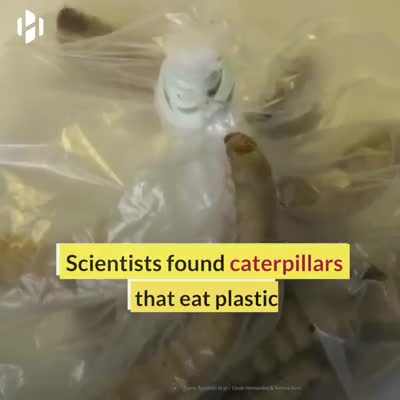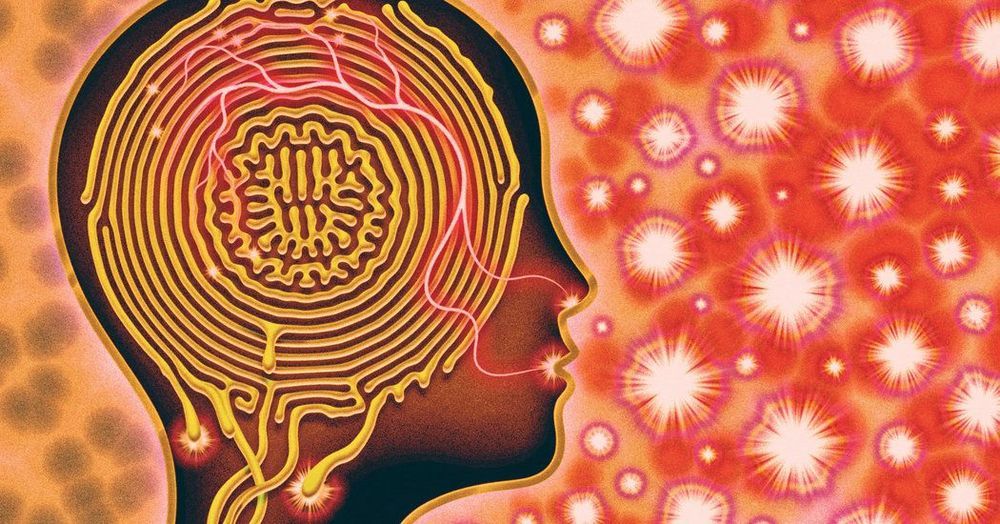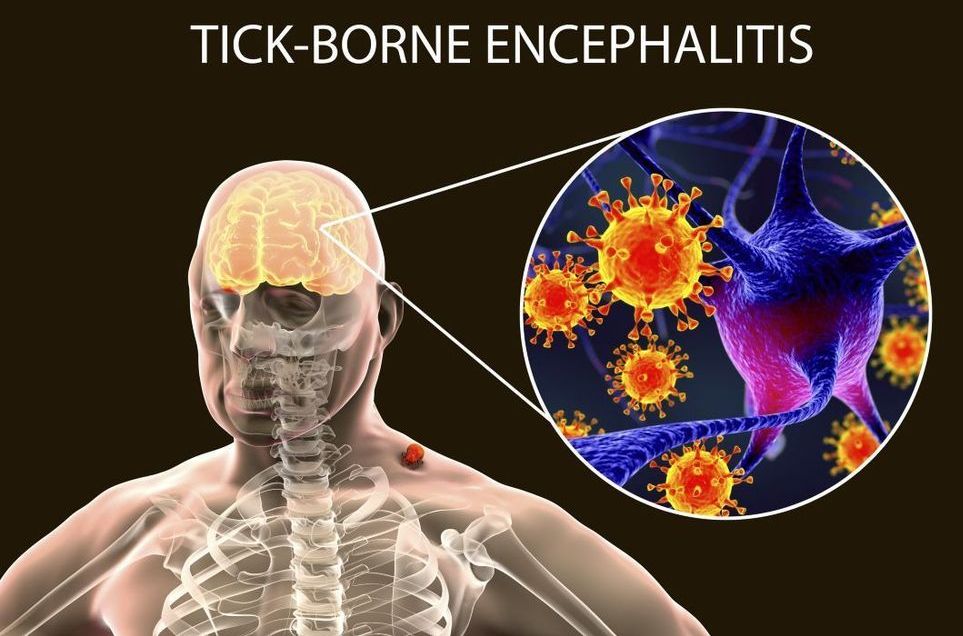Click on photo to start video.
Researchers discover a caterpillar that eats plastic.


For three months, Chelsea Alionar has struggled with fevers, headaches, dizziness and a brain fog so intense it feels like early dementia. She came down with the worst headache of her life on March 9, then lost her sense of taste and smell. She eventually tested positive for the coronavirus. But her symptoms have been stranger, and lasted longer, than most.
“I tell the same stories repeatedly; I forget words I know,” she told me. Her fingers and toes have been numb, her vision blurry and her fatigue severe. The 37-year-old is a one of the more than 4,000 members of a Facebook support group for Covid survivors who have been ill for more than 80 days.
The more we learn about the coronavirus, the more we realize it’s not just a respiratory infection. The virus can ravage many of the body’s major organ systems, including the brain and central nervous system.


France has identified its first outbreak of tick-borne encephalitis from consumption of raw milk products, with more than 40 people affected.
The infections are linked to eating a brand of raw milk goat cheese in Ain, in the Rhone-Alpes region, between April and May this year, according to Santé publique France.
The cheese producer is GAEC des Chevrettes du Vieux Valey, based at Condamine in Haut-Bugey, Ain. It is thought ticks carrying the virus contaminated a goat, then its milk, then the cheeses, and finally consumers.

Join us for an online webinar on Tuesday, June 30th at 9:30 a.m. ET with MIT faculty member and expert in machine learning, Professor Devavrat Shah.
This webinar is a way to understand the topics covered in the ‘Machine Learning: From Data to Decisions’ online course, ask questions, and get a preview of the content.
This is a 60-minute webinar with Prof. Devavrat Shah to learn more about the upcoming Machine Learning: From Data to Decisions (Online) Program, followed by a Q&A session.
Time.




The FBI is concerned that AI is being used to create deepfake videos that are so convincing they cannot be distinguished from reality.
The alarm was sounded by an FBI executive at a WSJ Pro Cybersecurity Symposium held recently in San Diego. “What we’re concerned with is that, in the digital world we live in now, people will find ways to weaponize deep-learning systems,” stated Chris Piehota, executive assistant director of the FBI’s science and technology division, in an account in WSJPro.
The technology behind deepfakes and other disinformation tactics are enhanced by AI. The FBI is concerned natural security could be compromised by fraudulent videos created to mimic public figures. “As the AI continues to improve and evolve, we’re going to get to a point where there’s no discernible difference between an AI-generated video and an actual video,” Piehota stated.

New types of antibiotics are being developed using an AI machine-learning approach that scans a pool of more than 100 million molecules, including one that works against strains of bacteria previously considered untreatable, according to a recent account in Nature.